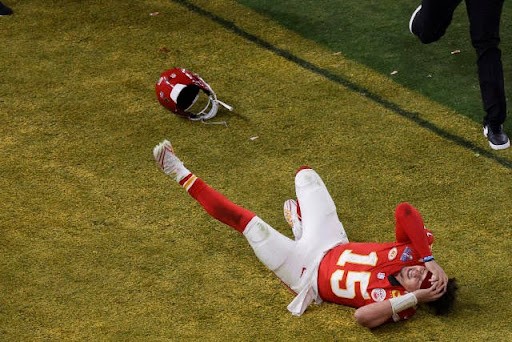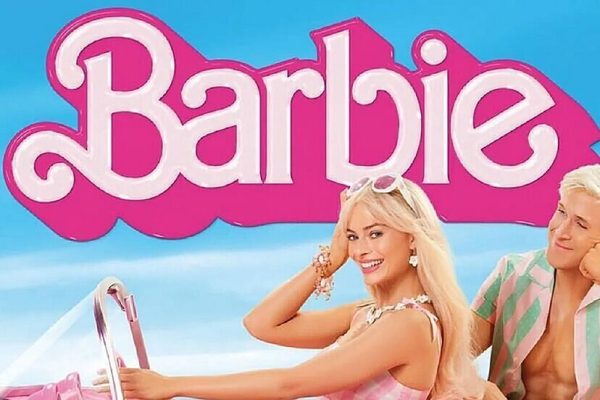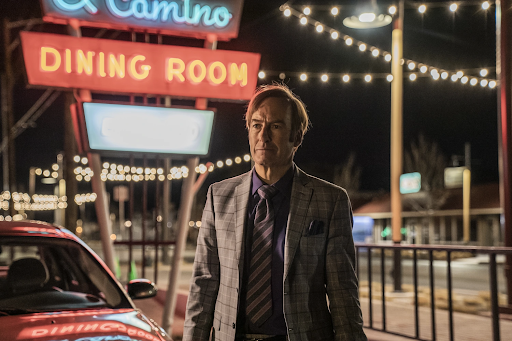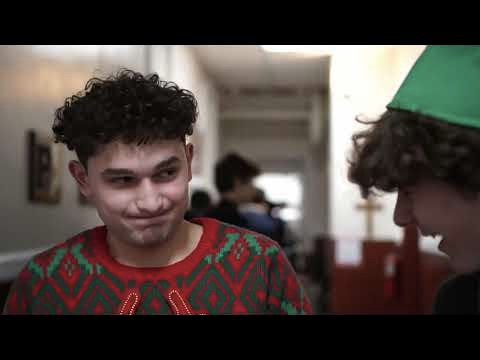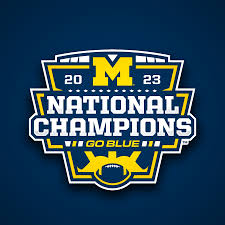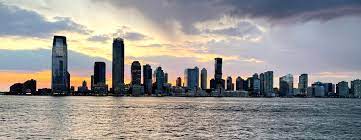The NASL: Swan Song?
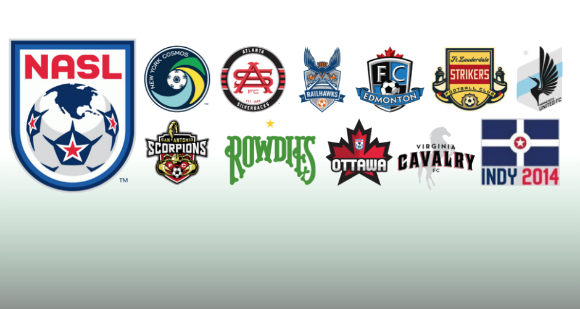
February 1, 2018
In 2011, a league full of promise, the North American Soccer League (NSAL), entered the scene in United States soccer — sanctioned as a second division league under Major League Soccer and on the same level as the United Soccer League. Now, after less than seven years, the league looks likely to collapse.
The NSAL was founded as a result of discontent with the USL and ownerships’ decision to sell the league to NuRock Soccer Holdings instead of the Team Owners’ Association. After a legal battle with the USL over the fact that some USL teams had decided to break off to the NASL, the league was put on hold for a year; as a result, a season was played in which teams from the NASL and USL played in a joint second division. After the 2010 campaign, the NASL entered its inaugural season in April 2011 with 8 teams: Tampa Bay Rowdies, Atlanta Silverbacks, Carolina RailHawks, FC Edmonton, Ft. Lauderdale Strikers, Minnesota Stars, Montreal Impact, and Puerto Rico Islanders.
Although the league was popular among team owners and some fans, it was marred in financial problems from the beginning.
The Islanders, one of the league’s biggest contributors, folded in 2012 and Montreal left for the greener pastures of MLS. The NASL continued to slide when one of its original members, Atlanta, was suspended in 2015 due to financial issues, eventually moving to the fourth tier of American soccer. USL continued to grow and, with MLS backing, some NASL teams joined the USL for stability: the RailHawks in 2017 (as North Carolina FC), the Rowdies in 2016, and expansion sides Indy Eleven and Ottawa Fury in 2017 and 2016, respectively. The league also lost Minnesota to the MLS in 2016, but it was the loss of the RailHawks which marked the end of an era in the NASL, with each of the original eight teams having left or folded.
The ultimate sign to mark the end of the NASL came this year at the hands of the US Soccer Federation (USSF). The federation decided to declassify the NASL as a second division league, leaving it in perpetual limbo. The league attempted to challenge the ruling claiming antitrust due to the belief that the USSF was leaning favorably to its first division league: MLS. The primary injunction was thrown out in court, leaving the league stranded. To put the cherry on top, the leagues’ champion this year, the San Francisco Deltas, a recently created expansion team, folded weeks after winning the championship over the perennial powerhouse New York Cosmos. The league will open this season with just six teams: the Jacksonville Armada, New York Cosmos, Miami FC, Puerto Rico FC — all tenured teams — along with San Diego 1904 FC and California United FC, both of which are expansion teams. The future is uncertain, but I think that most are able to discern at this point that the NASL is destined for, at the absolute least, a reorganization.


